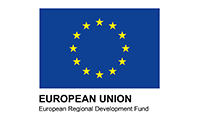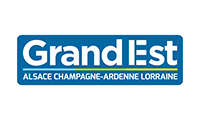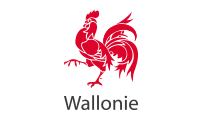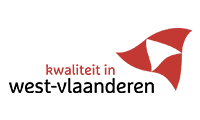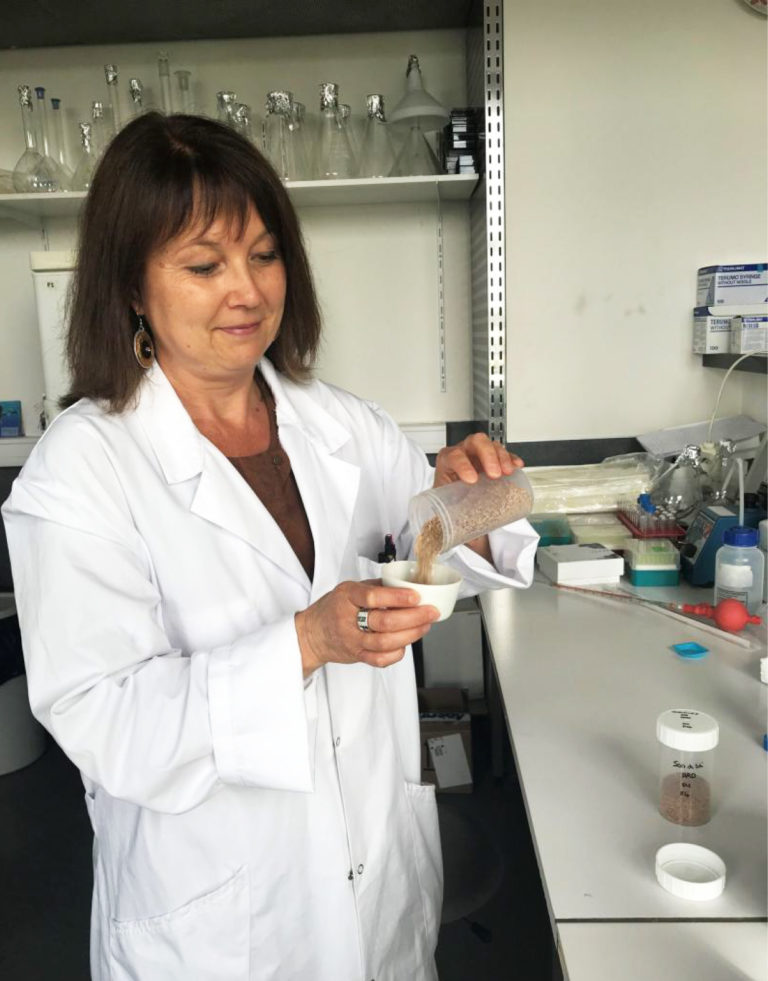
Article: Wheat Bran Pretreatment by Room Temperature Ionic Liquid-Water Mixture: Optimization of Process Conditions by PLS-Surface Response Design.
- Scientific journal: frontiers in Chemistry « Green and Sustainable Chemistry ».
- Date of publication: 23/08/2019
- Authors: Monica Araya-Farias[1], Eric Husson1, Jorge Saavedra-Torrico[2], Doriane Gérard[3], Romain Roulard[4], Isabelle Gosselin1, Harivoni Rakotoarivonina3, Virginie Lambertyn1, Caroline Rémond3 and Catherine Sarazin1.
Room Temperature Ionic Liquids (RTILs) pretreatment are well-recognized to improve the enzymatic production of platform molecules such as sugar monomers from lignocellulosic biomass (LCB). The conditions for implementing this key step requires henceforth optimization to reach a satisfactory compromise between energy saving, required RTIL amount and hydrolysis yields.
Wheat bran (WB) and destarched wheat bran (DWB), which constitute relevant sugar-rich feedstocks were selected for this present study. Pretreatments of these two distinct biomasses with various 1-ethyl-3-methylimidazolium acetate ([C2mim][OAc])-water mixtures prior to hydrolysis catalyzed by hemicellulolytic cocktail (Cellic CTec2) were finely investigated.
The main operating conditions such as pretreatment temperature (25–150°C), time (40–180 min), WB and DWB loading (2–5% w/v) and concentration of [C2mim][OAc] in water [10–100% (v/v)] were screened through glucose and xylose yields and then optimized through a Partial Least Square (PLS)—Second Order Design. In an innovative way, the PLS results showed that the four factors and their interactions could be well-fitted by a second-order model (p < 0.05).
The quadratic PLS models were used to predict optimal pretreatment conditions. Thus, maximum glucose (83%) and xylose (95%) yields were obtained from enzymatic hydrolysis of WB pretreated at 150°C for 40 min with 10% of [C2mim][OAc] in water and 5% of WB loading. For DWB, maximum glucose (100%) and xylose (57%) yields were achieved for pretreatment temperatures of 150°C and 25°C, respectively.
The required duration was still 40 min, with 20% of [C2mim][OAc] in water and a 5% DWB loading. Then, Multiple Response Optimization (MRO) performed by Nelder-Mead Simplex Method displayed sugar yields similar to those obtained by individual PLS optimization.
This complete statistical study confirmed that the established models were appropriate to predict the sugar yields achieved after different pretreatment conditions from WB and DWB biomasses. Finally, Scanning Electron microscopy (SEM) studies allowed us to establish clearer link between structural changes induced by pretreatment and the best enzymatic performances obtained.
See the full analysis.
[1] Unité de Génie Enzymatique et Cellulaire, UMR 7025 CNRS, Université de Picardie Jules Verne, Amiens, France.
[2] Escuela de Ingenieria de Alimentos, Pontificia Universidad Catolica de Valparaíso, Valparaíso, Chile.
[3] Chaire AFERE, UMR Fractionnement des AgroRessources et Environnement 614 INRA, Université de Reims Champagne-Ardenne, Reims, France.
[4] Plate-forme de Microscopie Electronique, Université de Picardie Jules Verne, Amiens, France.

